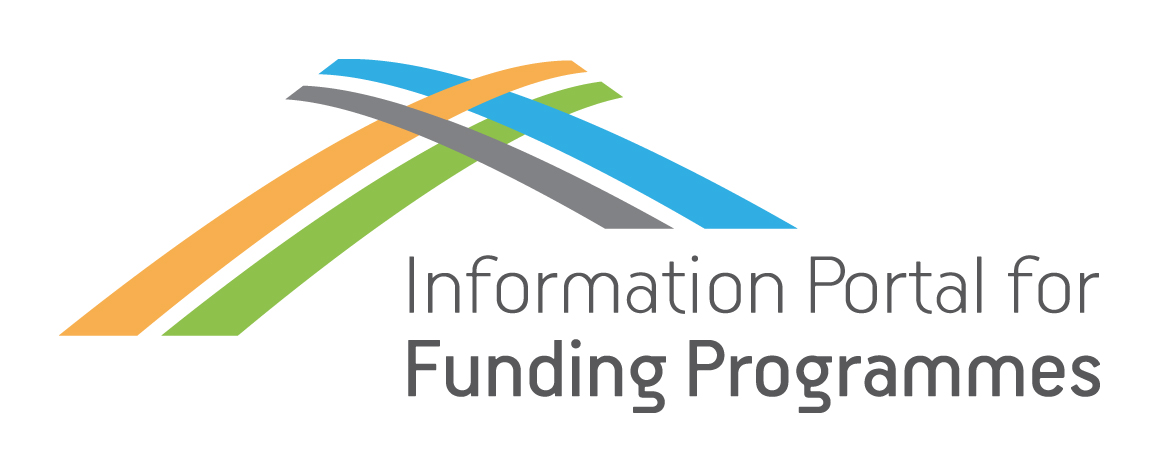Forest managers often face challenges in implementing more sustainable practices. Additional value can be gained from forestry (both monocultured and mixed forests), agroforestry and horticulture as well as from their residual streams, and from the biomass removed for fire, flood, drought, and disease prevention. Valorisation of such biomass streams can contribute to address the risk of forest abandonment while preserving biodiversity. This is particularly important where the resulting forest or forest-like biomass is low in volume, value, or both. The available biomass mainly consists of small wood, damaged wood (e.g., wood affected by parasites), and various types of wood from mixed forests. Additionally, it includes non-wood biomass, such as shrubs, bark, cork, branches, and resin. These kinds of biomass generally have low or even negative economic value, meaning they often need to be disposed of at a cost. Typically, this biomass is burned locally for energy or simply incinerated, releasing CO₂ into the atmosphere and providing little or no economic benefit to forest managers. This topic should explore valorisation pathways for the targeted feedstock beyond bioenergy and biofuel production.




